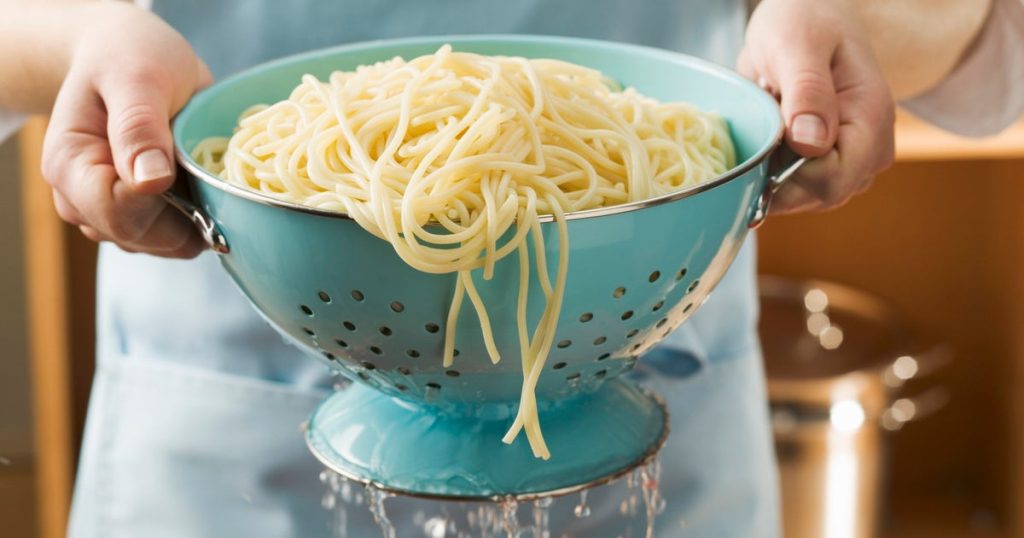Italian food, as many of us know it outside of Italy, is often a far cry from the authentic, soulful dishes enjoyed in its homeland. While the ambiance of a quaint coastal village or a bustling trattoria in Italy undeniably enhances the dining experience, the reason Italian food tastes so much better there lies in a combination of fresh ingredients, traditional techniques, and a deep understanding of simplicity and balance. Over generations, much of Italy’s culinary wisdom was lost during the diaspora of Italian immigrants to countries like the United States, where recipes were often altered due to limited access to authentic ingredients and the challenges of preserving oral traditions. This cultural shift has led to the creation of dishes and practices that, while delicious in their own right, bear little resemblance to the food Italians actually eat. However, by avoiding a few common mistakes, anyone can bring a taste of Italy’s culinary excellence into their home kitchen.
One of the most egregious errors in preparing Italian-inspired food is rinsing pasta after cooking. This practice, common in the U.S., was once a necessity when lower-quality pastas released excess starch, making dishes overly sticky. Today, with high-quality pasta widely available, rinsing is unnecessary and even counterproductive. The starch released during cooking helps sauces cling to the pasta, and skipping the rinse ensures a more flavorful meal. Additionally, some Italian recipes, like the iconic cacio e pepe, rely on the starchy pasta water to create the perfect creamy sauce. Resisting the temptation to rinse is a simple adjustment that can elevate your pasta dishes to new heights.
Another common mistake is overloading dishes with garlic. Italian cooking celebrates the subtle nuances of ingredients, and garlic is no exception. While garlic plays a role in many Italian recipes, it’s used sparingly and strategically. In Italy, garlic is often sautéed in olive oil until golden, then removed before adding other ingredients, allowing its flavor to enhance the dish without overwhelming it. The notion of garlic bread or excessive garlic seasoning, so popular in American-Italian cuisine, doesn’t exist in Italy. Instead, Italians opt for fresh, high-quality ingredients that shine on their own, complemented by a light hand with seasonings like garlic. Balancing flavors is key, and over-garlicking a dish can overpower the other components, which is considered a culinary faux pas.
Olive oil is another cornerstone of Italian cooking, and using it liberally is essential. In Italy, olive oil isn’t drizzled; it’s poured. It acts as a vehicle for flavor, bringing together the components of a dish and infusing them with richness. High-quality, authentic olive oil is worth the investment, as it enhances the overall taste of a meal. Freshly pressed olive oil, with its bold, peppery bite, is particularly prized for dishes like bruschetta, where its vibrant flavor takes center stage. Skimping on olive oil not only deprives the dish of its signature Italian flair but also sacrifices the opportunity to showcase the ingredient’s unique qualities.
The quality of ingredients is another area where many home cooks and restaurants fall short. Italian cuisine thrives on simplicity, relying on a few, exceptional components to create memorable meals. In Italy, fresh, seasonal produce and products like cheeses, meats, and canned goods are subject to strict EU regulations, ensuring higher standards of quality and fewer additives. This attention to detail means that the average Italian kitchen uses ingredients that are naturally more flavorful, eliminating the need for excessive salt, sugar, or preservatives. Conversely, mass-produced ingredients often lack depth, prompting cooks to overcompensate with additional seasonings and unnecessary embellishments. By prioritizing quality ingredients, home cooks can create dishes that are both authentic and satisfying.
Finally, many of us are guilty of overcomplicating Italian cooking. One of the most important lessons from Italian cuisine is the value of restraint. Dishes like pasta sauces, bruschetta, and pizza are best when kept simple, with a focus on a few high-quality ingredients rather than a chaotic mix of toppings or additions. For instance, authentic Italian pizzas are rarely overloaded with cheese or multiple meats; instead, they feature balanced combinations that highlight each component. Similarly, pasta dishes are often paired with light, uncomplicated sauces that complement the natural flavor of the pasta. This philosophy extends to portion sizes, particularly when it comes to pairing protein with pasta. In Italy, hearty portions of meat atop a mound of pasta are uncommon; instead, pasta is treated as the star of the dish, with other ingredients playing a supporting role.
In summary, bringing Italian cuisine to life in your own kitchen requires embracing a few key principles: avoid unnecessary steps like rinsing pasta, use garlic with restraint, invest in high-quality ingredients, and resist the temptation to overcomplicate your dishes. By allowing each ingredient to shine and adhering to the timeless wisdom of Italian cooking, you can create meals that are not only delicious but also true to the spirit of this beloved cuisine. While your kitchen may not overlook the Amalfi Coast, the flavors you create can still transport you—and your guests—to the heart of Italy.
